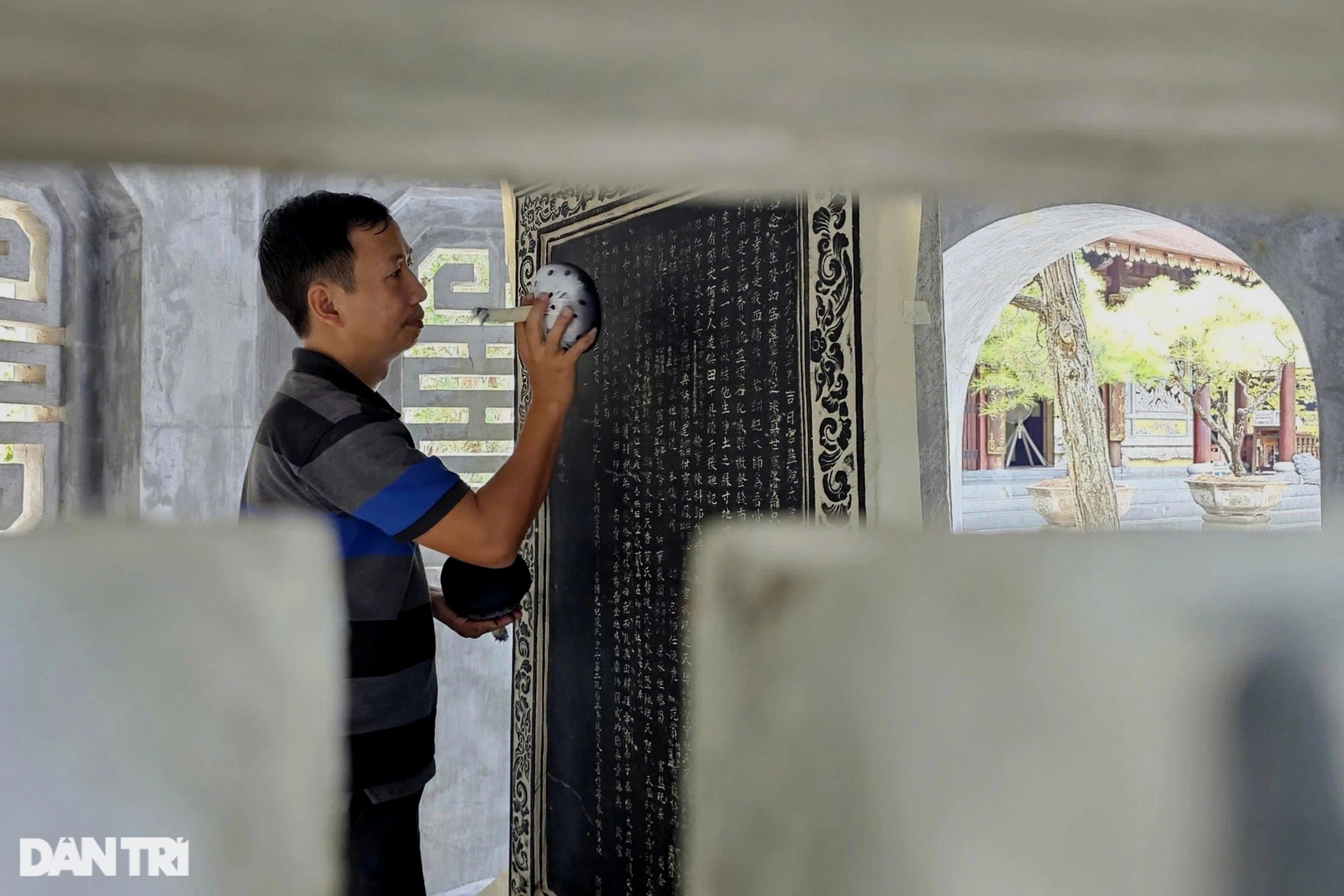
Hundreds of years old steles have been given "new life" by talented and meticulous researchers in the journey of preserving cultural and historical values, resisting the changes of time.
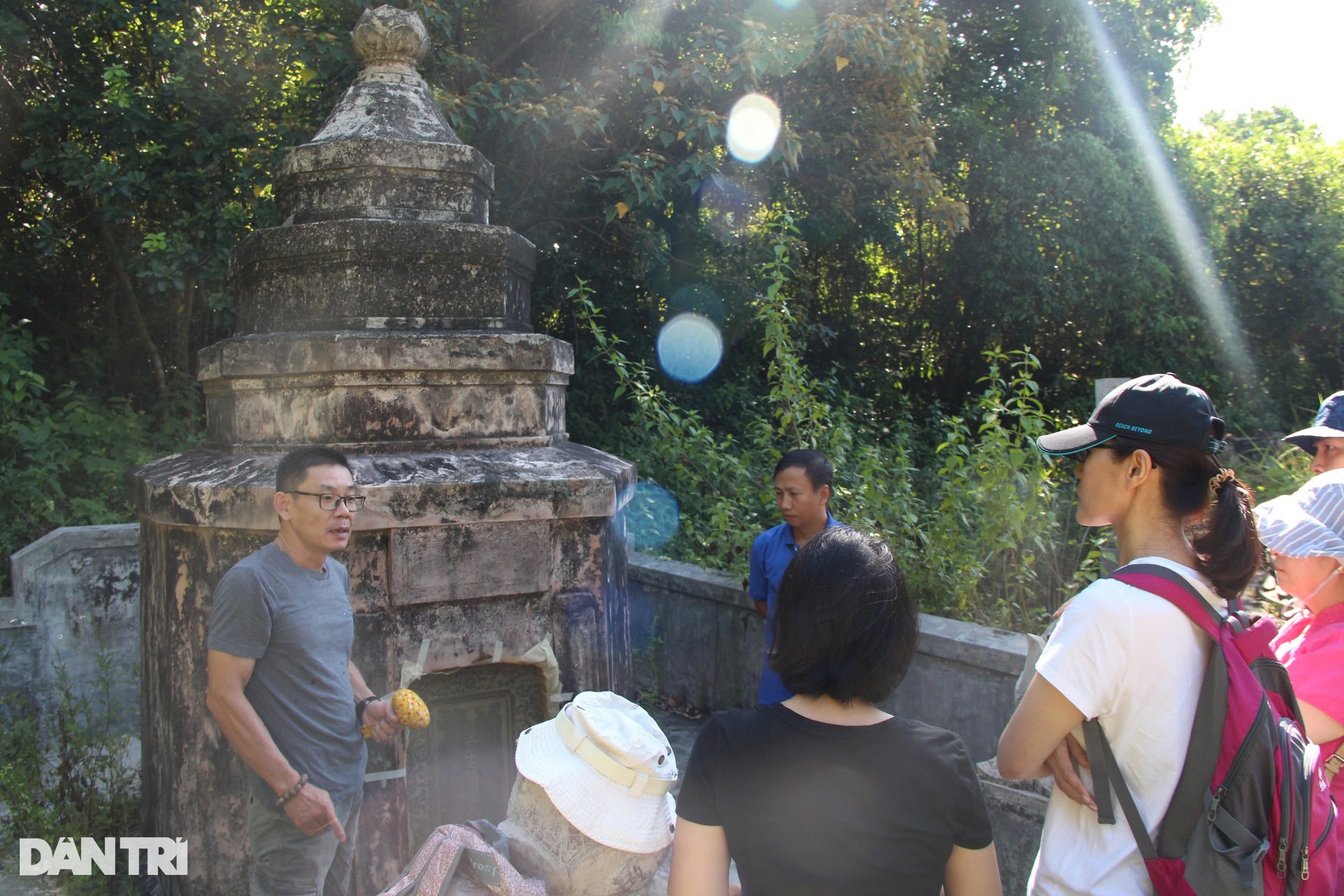
Hue , a land of cultural heritage, is home to countless hundreds of years old steles at pagodas, temples, relics and scenic spots.
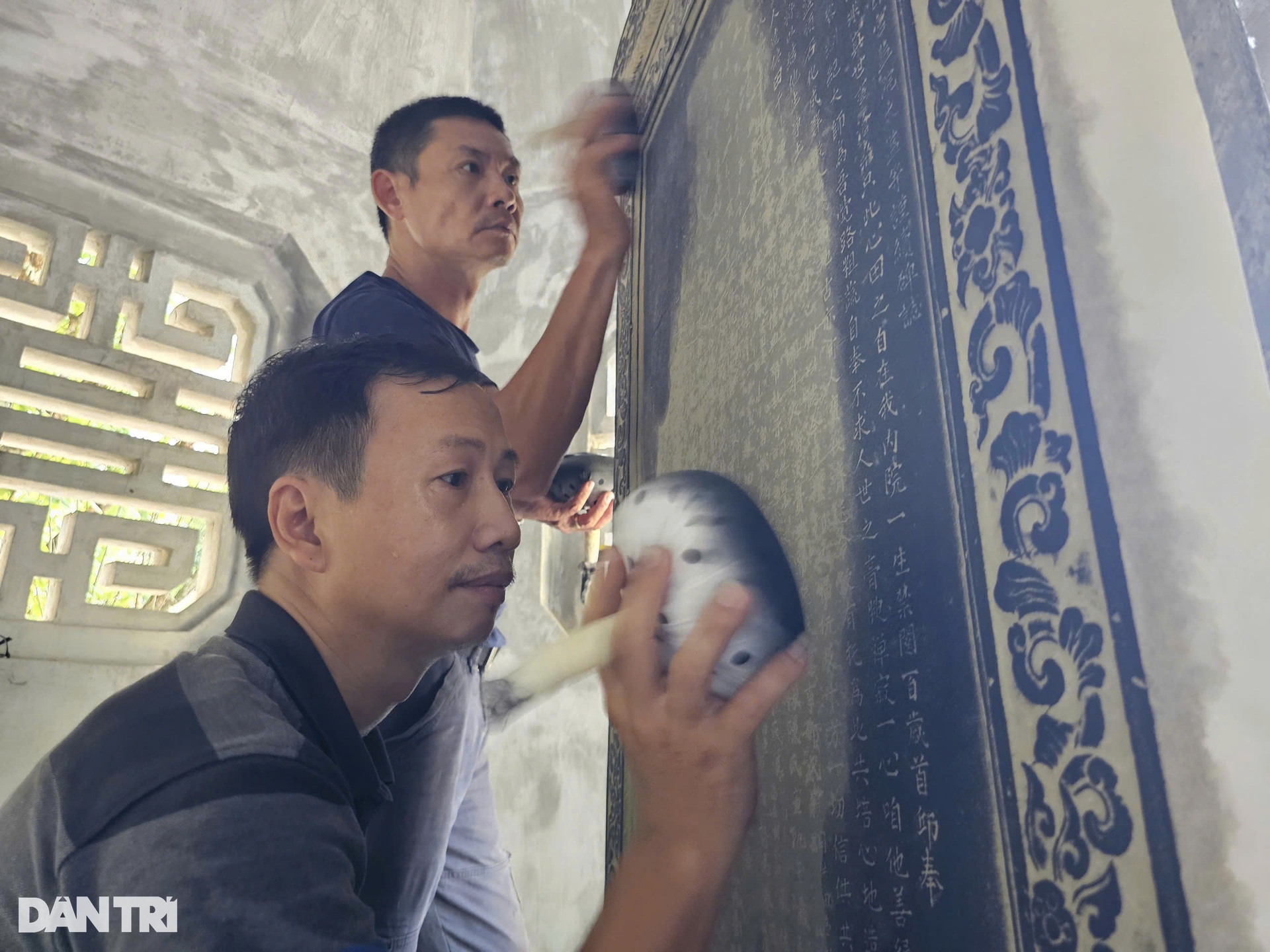
Faced with the risk of loss and damage over time, two researchers Nguyen Phuoc Bao Dan and Le Tho Quoc quietly pursued the work of stamping stele inscriptions, hoping to preserve valuable documents for future generations.
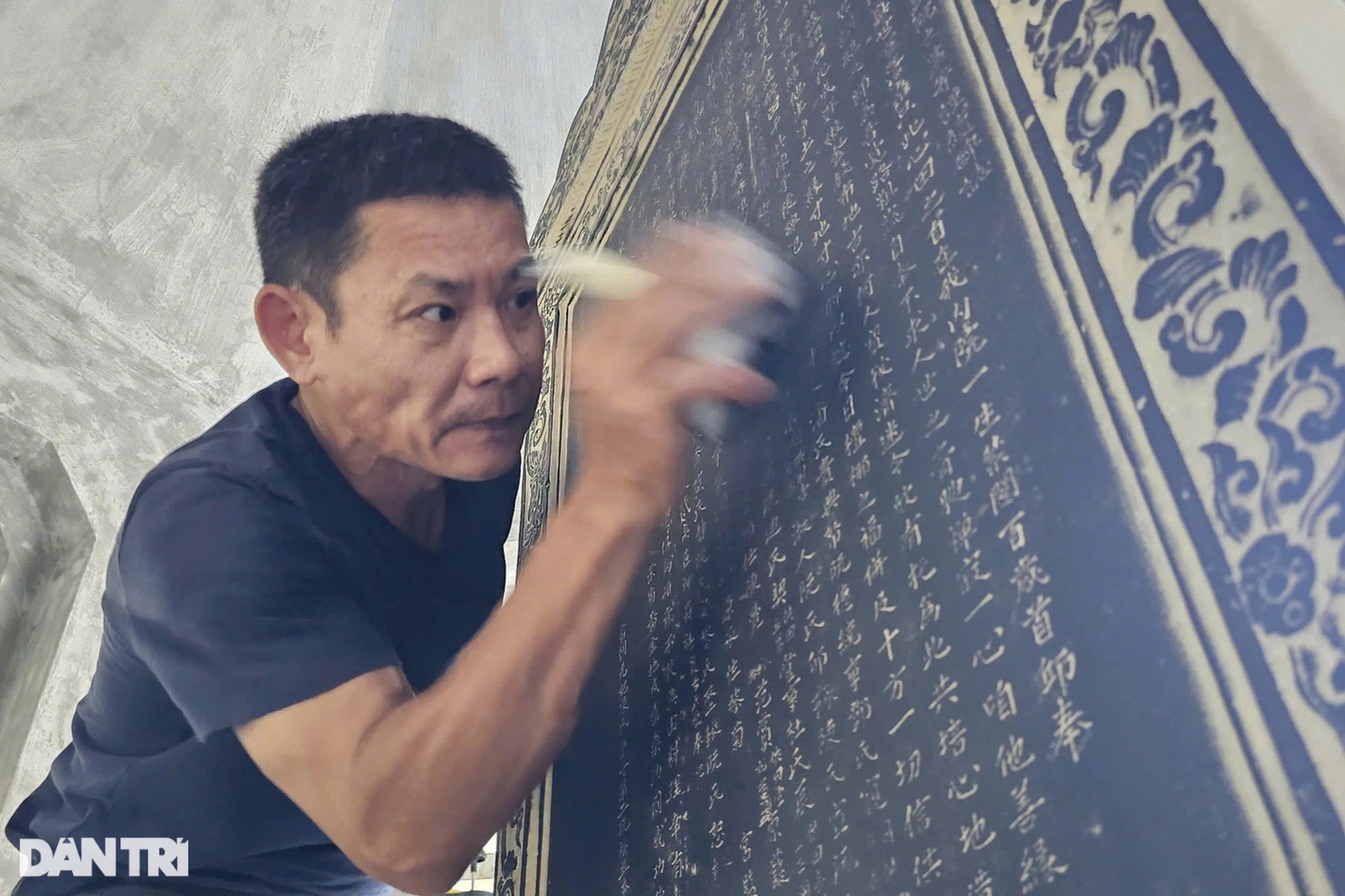
The work of stamping stele inscriptions is carried out with different operations and times depending on the size and shape of each stele.
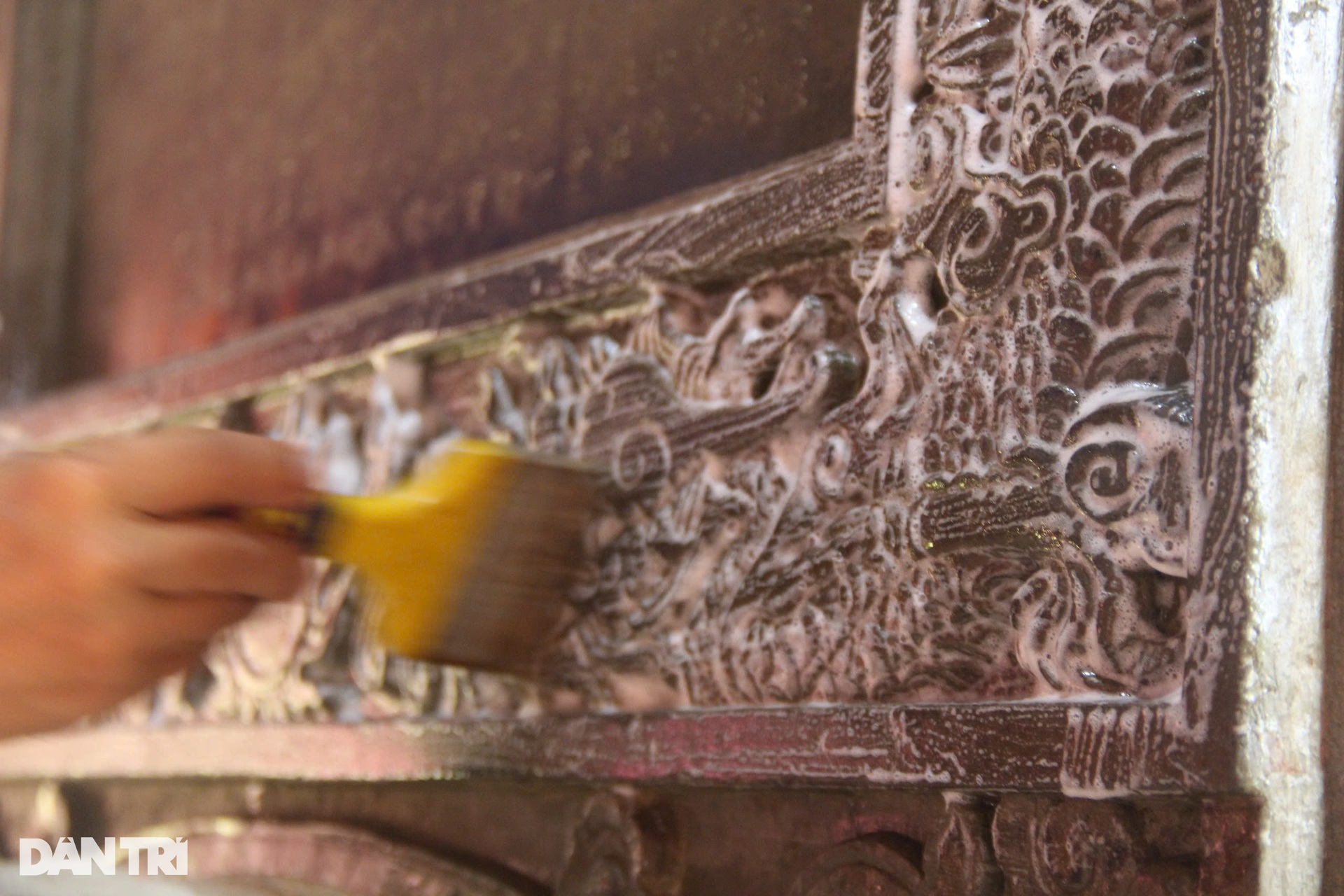
Most of the steles were stamped at a 1:1 ratio by two researchers.
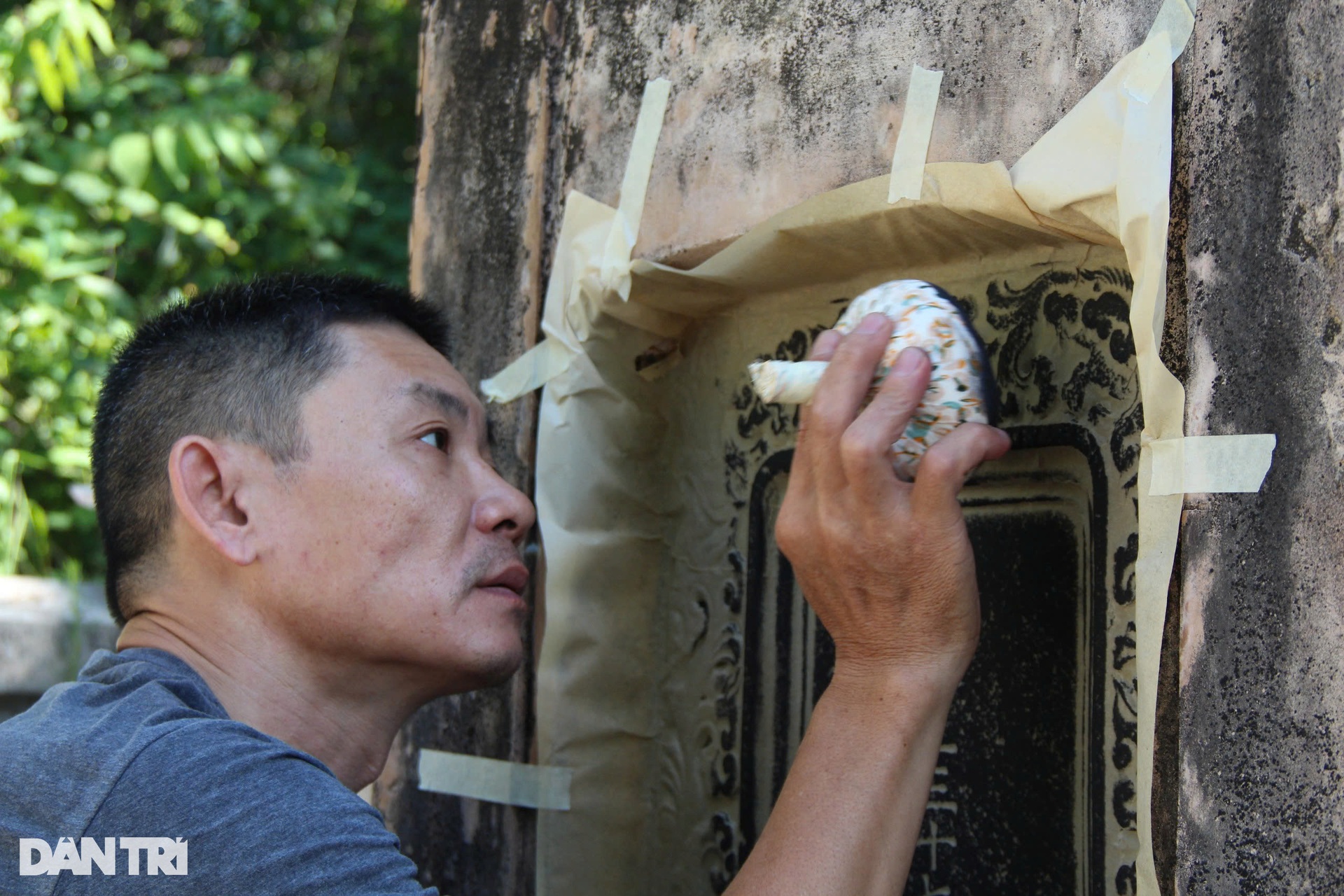
The job seems simple but is extremely time consuming, often requiring work under harsh hot weather.
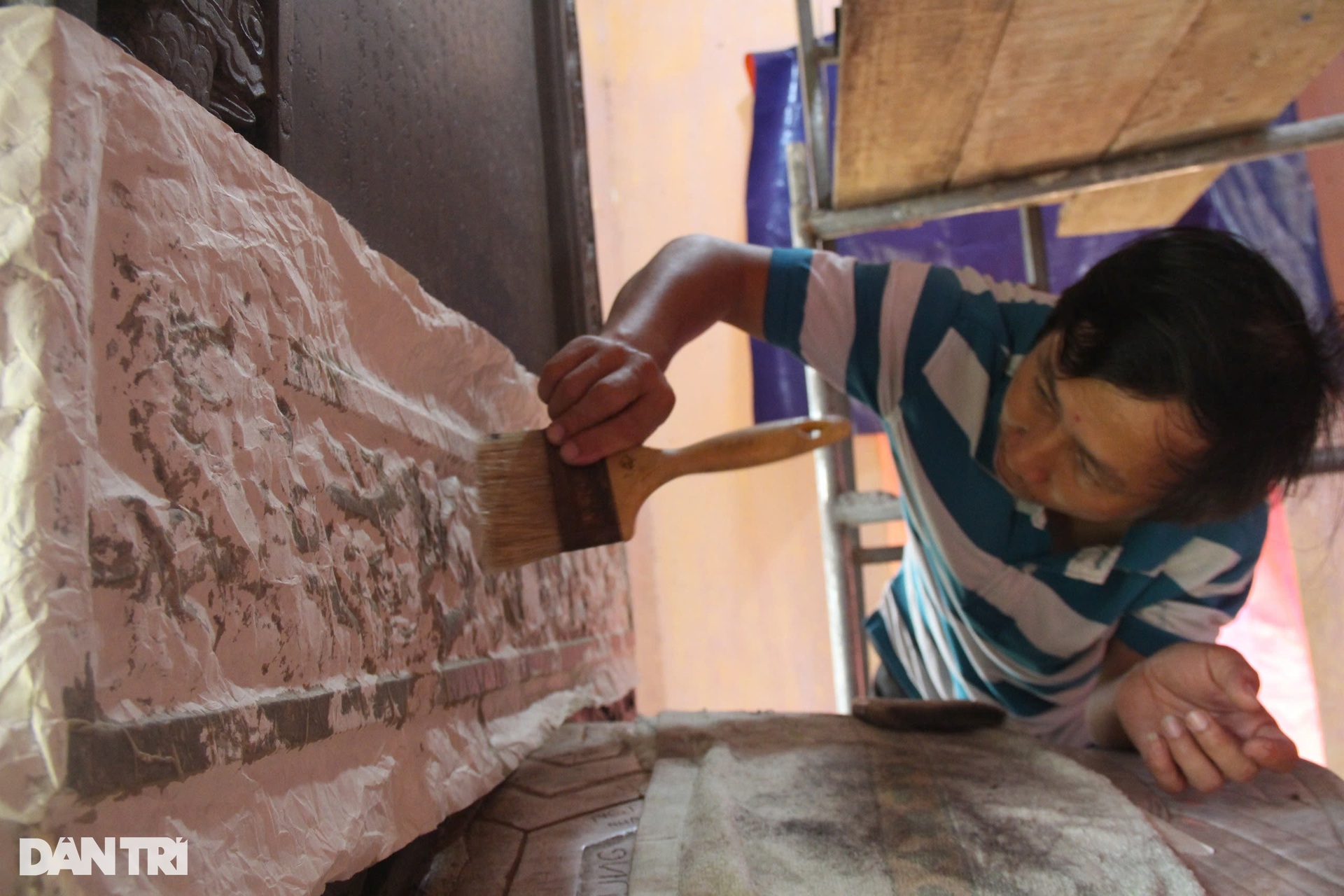
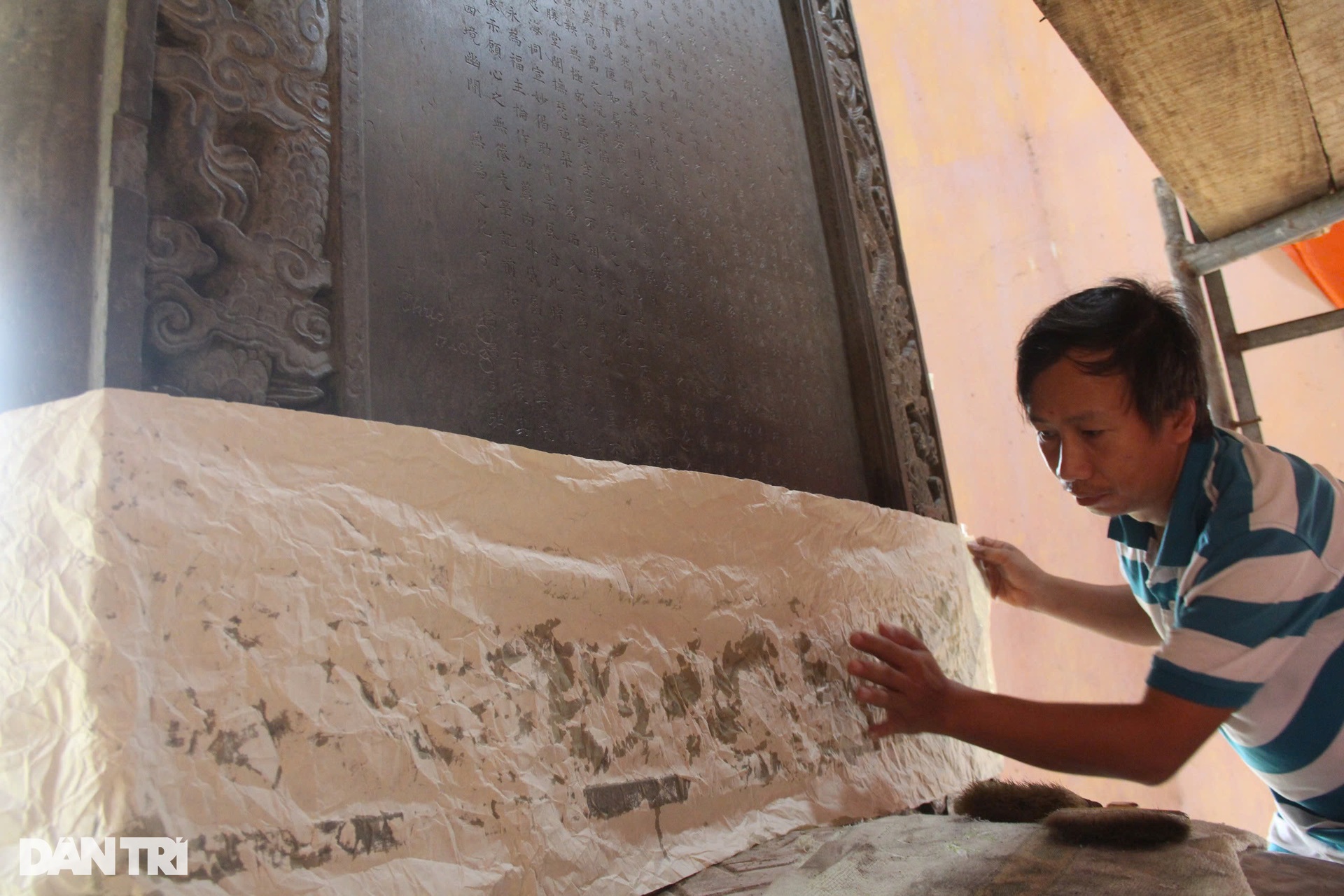
The process of stamping the stele begins with cleaning the stele and the decorative details, then using adhesive and specialized paper to apply to the stele before using ink to stamp each character and shape. "This work requires carefulness and meticulousness," researcher Bao Dan shared.

Up to now, hundreds of large and small steles have been stamped by Mr. Dan and Mr. Quoc. Not only in Hue, they have also traveled to many other provinces to pursue this passion.
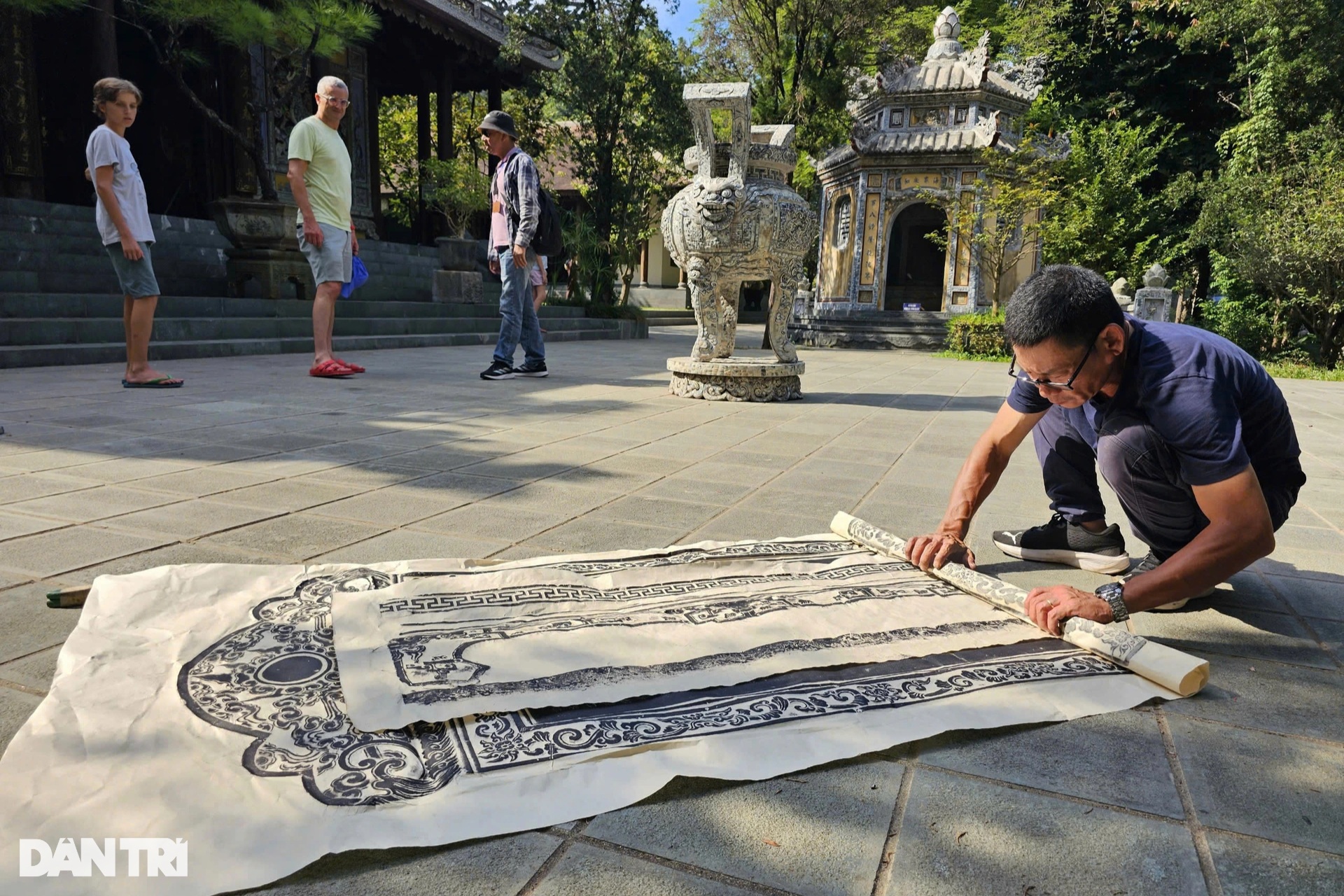
Many people do not understand the work of the two researchers, but each stele is a cultural and historical story spanning hundreds of years.

Each stele provides a lot of information about the engraver, the year and the decorative details. "In addition to the content, the decorative details on the stele provide valuable information about fine arts," researcher Le Tho Quoc shared.

With a 1:1 embossing ratio, if the stele is lost, the embossed copy will be a valuable document, and can even be the basis for restoration thanks to the information, lines of letters and decorative details preserved.


















































![[Maritime News] Wan Hai Lines invests $150 million to buy 48,000 containers](https://vphoto.vietnam.vn/thumb/402x226/vietnam/resource/IMAGE/2025/6/20/c945a62aff624b4bb5c25e67e9bcc1cb)














![[Infographic] Party Committee of the Ministry of Culture, Sports and Tourism: Marks of the 2020 - 2025 term](https://vphoto.vietnam.vn/thumb/402x226/vietnam/resource/IMAGE/2025/6/22/058c9f95a9a54fcab13153cddc34435e)



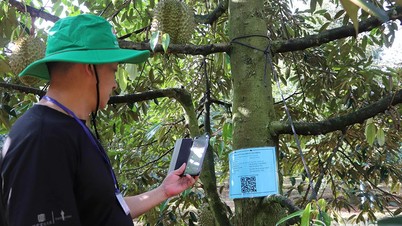





















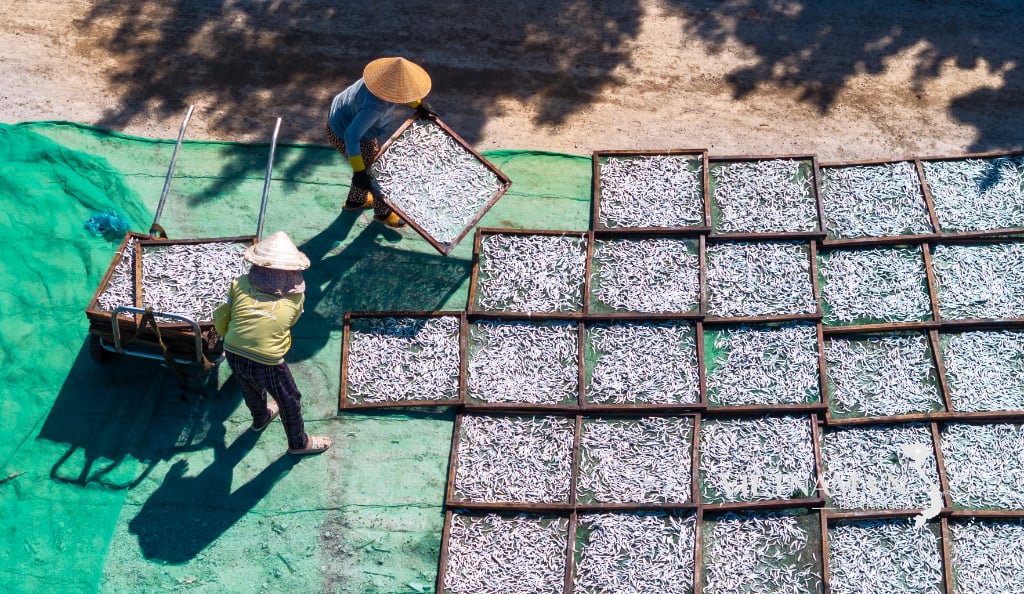
Comment (0)